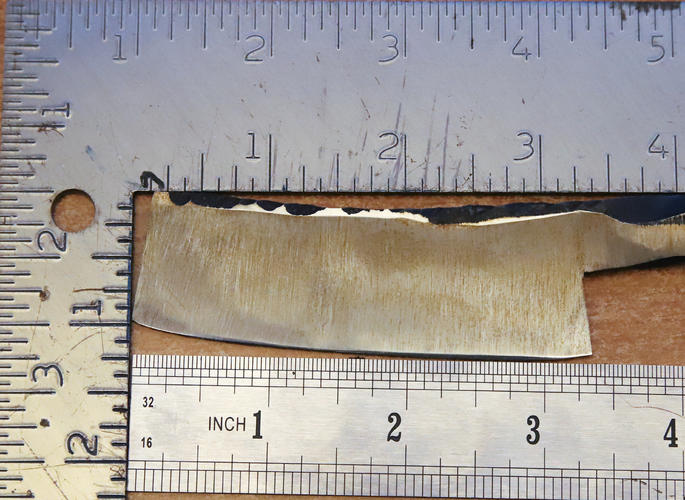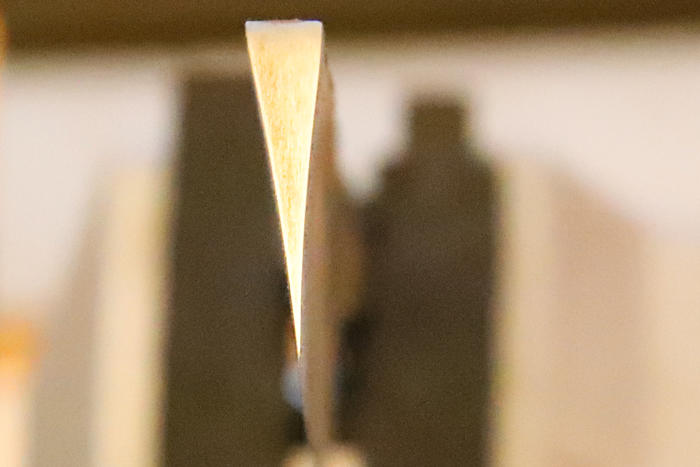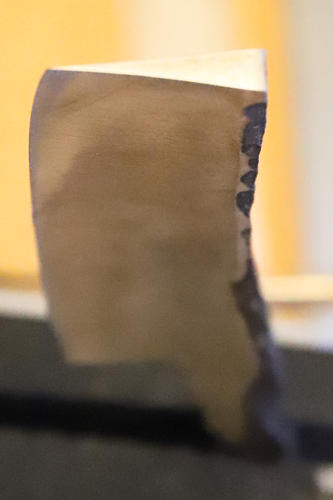Results 1 to 10 of 24
Threaded View
-
04-02-2019, 05:59 PM #1
 Forged razor out of 1084 not performing as well as I hoped trying to figure out why
Forged razor out of 1084 not performing as well as I hoped trying to figure out why
So I make knives via stock removal and have had good success over the last few years. I'd done a bit of blacksmithing in the past, and recently picked up an anvil and a gas forge and thought it'd be fun to forge a straight razor from some inexpensive 1084 I had sitting around.
I'm worried that it's more of a razor shaped object than an actual razor at this point though, and I'm trying to figure out where I went wrong, hopefully someone here can help.
Potential issues:
1. Heat treat - I've got a digitally controlled Paragon kiln that I've used for heat treating for years now with great results, but the razor came in at around 57 Rockwell using hardness test chisels, which was softer than I'd hoped for, was aiming for 60+. Maybe I should have just quenched it and skipped the tempering?
2. Edge geometry - I'm worried that the blade is too narrow near the edge, because initially, the edge was crumpling like foil. I'm not sure how narrow of a blade 1084 will actually work with. With AEB-L, for example, I know that a blade this narrow wouldn't have the foil crumpling effect with an edge this narrow. I ground it back a bit and resharpened it, but the profile looks like crud now.
3. Overall geometry - I did my best to hollow grind it properly, but doing it by hand and this being the first one I've made, it's entirely possible I made a mistake somewhere and I'm wondering if the general geometry is good enough to get it to shave like an actual straight razor.
It will take the hair off of my forearm with some effort, but it doesn't do a thing to the stubble on my face. I've sharpened it with the same Japanese water stones and strops I use for my commercially made straight razor (1k, 6k, 8k, green chromium stopping compound on a hardwood backed leather strop, red compound on another strop, 1 micron diamond strop paste on a third, 0.5 micron diamond strop paste on a 4th), but the edge isn't working nearly as well following the exact same sharpening process I've used to good effect with my commercially made straight razor.
As this thread is useless without pics, I'll add some and provide some measurements:
Measurements:
0.007" thick at the edge
0.214" wide at the spine
1.05" to 1.14" tall
3.304" blade length
Pics:



Any thoughts on where this razor went wrong and what to change on the next one would be greatly appreciated.


 38Likes
38Likes LinkBack URL
LinkBack URL About LinkBacks
About LinkBacks






 Reply With Quote
Reply With Quote